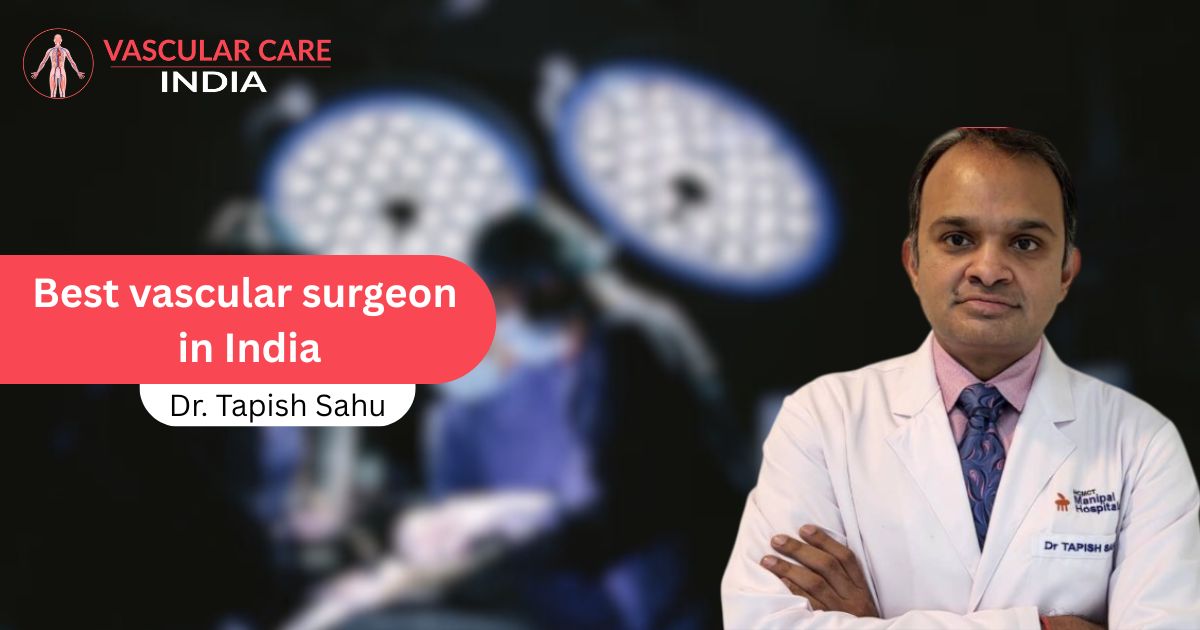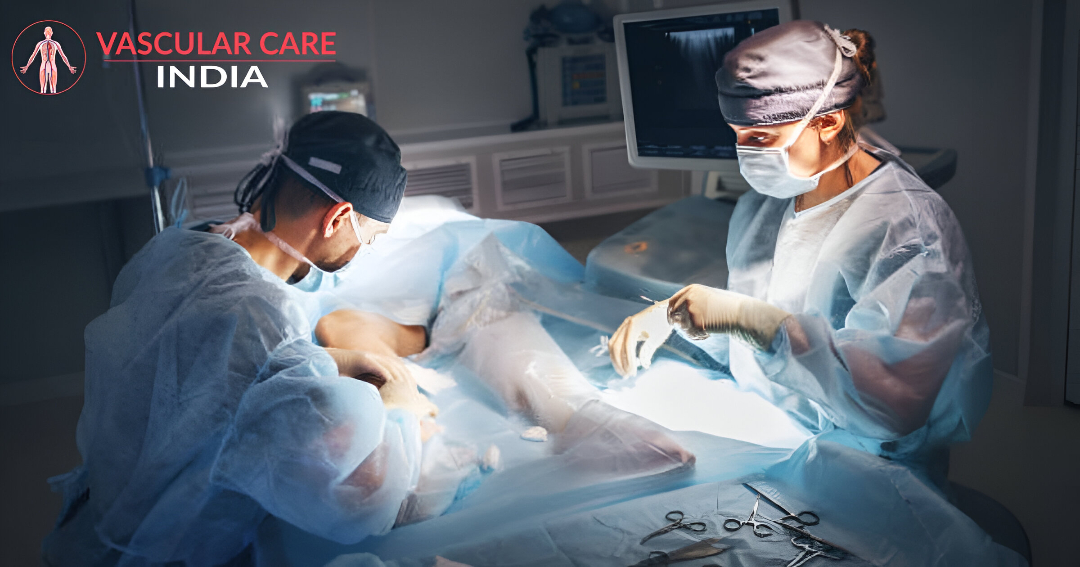Your legs sustain you through life — but what if blood supply to them is quietly being cut off? Peripheral Arterial Disease (PAD) is a severe illness that impacts blood supply to the limbs, especially the legs. If not treated on time, it may result in pain, non-healing ulcers, or amputation.
At Vascular Care India, with Dr. Tapish Sahu, the top vascular surgeon in India, patients receive state-of-the-art diagnosis and treatment for PAD — restoring mobility and saving limbs.
What is PAD Disease?
PAD disease results when arteries get blocked or narrowed because of fatty buildup (atherosclerosis). This restricts blood flow to your legs, excluding your muscles and tissues from oxygen — especially during movement.
This disease can slowly develop and also not present any symptoms until the time it becomes severe. But after being detected, it can be controlled well.
Symptoms of PAD
The symptoms of PAD can begin gradually but should never be overlooked. Typical signs are:
• Pain or cramping in legs when walking, climbing stairs, or exercising (claudication)
• Numbness or weakness in legs
• Coldness in one leg when compared to another
• Wounds or sores on toes, feet, or legs that do not heal
• Hair loss, slow-growing toenails, or shiny skin on legs
• Pain in feet when resting (in later stages)
If you experience these PAD symptoms, particularly leg pain during movement. that resolves at rest, see a vascular specialist right away.
Understanding PAD Legs
PAD legs show visible changes caused by insufficiency of blood supply. These can consist of:
• Feet or toes discoloration (pale or blue)
• Uncertainly or lack of pulses in the feet
• Skin that appears thin or shiny
• Dry or cracked heels
• In severe cases, blackened toes or tissue death signs (gangrene)
Ignoring PAD legs can result in severe complications, such as loss of a limb. Early diagnosis is imperative to avoid progression
Treatment Options: Personalized, Minimally Invasive & Effective
Depending on your condition and severity, treatments for PAD disease and vein-related conditions may include:
For PAD:
• Lifestyle changes (quit smoking, manage cholesterol, exercise)
• Medications to improve circulation
• Angioplasty or stenting (minimally invasive procedures)
• Bypass surgery (for severe cases)
Why Vascular Care India?
• Personalized care led by the best vascular surgeon in India
• Advanced diagnostics and world-class vascular treatment
• Compassionate, patient-first approach
• Conveniently located at Manipal Hospital, Dwarka, Delhi NCR
If you or a loved one have leg pain, wounds that don’t heal, or signs of poor circulation, don’t wait — your legs may be telling you something serious.
Frequently Asked Questions
Q: Is PAD life-threatening?
While PAD itself may not be fatal, its complications — such as heart attack, stroke, or limb loss — can be life-threatening.
Q: Can PAD be reversed?
PAD can be managed effectively with the right lifestyle changes, medications, and if necessary, procedures. Early intervention is key.
Q: Is treatment painful?
Most treatments, especially angioplasty and stenting, are minimally invasive and require only short recovery periods.




